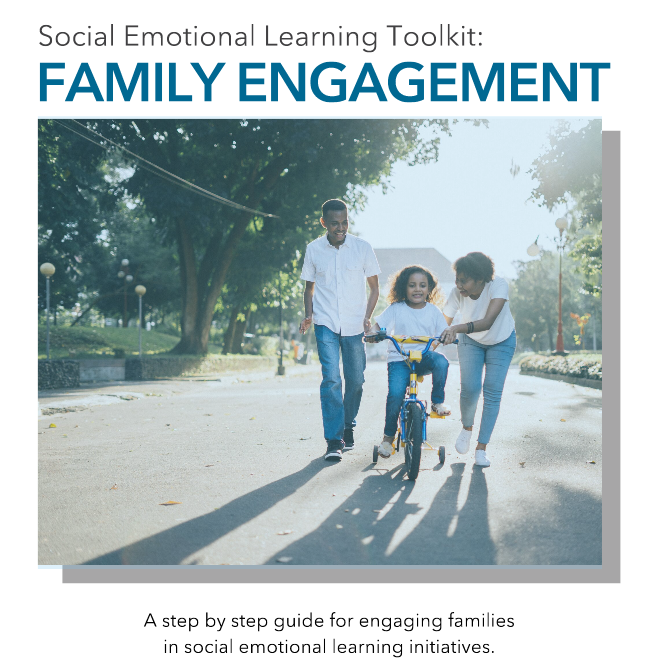 Bullying in the classroom can have grave consequences for students, especially as they build effective social and emotional skills amid the disruption caused by the pandemic. While administrators must take responsibility for creating a school environment that is safe and welcoming, educators can promote a strong classroom culture through responsive and warm interactions with students. Harvard Graduate School of Education lecturer Gretchen Brion-Meisels says that students should also be invited into the work of building a positive school culture.
Bullying in the classroom can have grave consequences for students, especially as they build effective social and emotional skills amid the disruption caused by the pandemic. While administrators must take responsibility for creating a school environment that is safe and welcoming, educators can promote a strong classroom culture through responsive and warm interactions with students. Harvard Graduate School of Education lecturer Gretchen Brion-Meisels says that students should also be invited into the work of building a positive school culture.
Nurturing a culture that stands against bullying looks different for every level of development, she says. For example, interventions at the elementary level may teach conflict resolution and celebrating others’ differences through play. For older students, activities could include looking inward and supporting students with identifying their own cultural identity as they begin to appreciate others.
“In the younger grades, classroom meetings are a powerful way to invite student feedback and involve students in decision-making. We can also teach students strategies for conflict resolution and problem-solving in relationships. For older youth, we can create meaningful and authentic student councils or youth research teams, which can help us to identify and address harm in the community. Teachings from restorative justice also offer us many wise ways to build community and address harm.”
Across her research, Brion-Meisels has identified points of insight for teachers who want to support students in creating an antibullying culture.
- Mobilize and empower students to be upstanders. Show students as early as possible the language required to intervene in bullying. Provide examples of what reacting to harmful behaviors looks like. Provide sentence starters to help students imagine how they might respond in a harmful situation; use scenarios to allow students to practice responding when stakes are low; allow students to talk about the pros and cons of different response options.
- Communicate the consequences of reporting bullying. Demonstrate the positive impacts of reporting harmful behaviors and explore what those conversations might look like. Allow students to talk about their fears related to reporting bullying. Take those fears seriously and help them problem-solve with a “both/and” approach.
- Help students — especially those who feel isolated — find friends who can act as supportive upstanders. Leverage the power of peer relationships as often as possible to engage students in positive upstander behaviors. Use cooperative learning protocols to allow students to work with different peers; provide opportunities for students to interview and connect with each other one-on-one; provide scaffolded time, like teaching lunches, with small groups of students to help create connections.
- Use role-play and reflection to teach upstander behaviors. Structured activities like scenarios and case studies can promote student leadership and other initiatives necessary for adopting upstander behaviors. These activities can be opportunities for all students to participate in classroom conversations and reframe mistakes as opportunities from which life lessons can be learned.
- Reinforce existing competencies. By reminding students what they already know and what they are already good at, you celebrate their successes that build an infectious confidence.
Excerpted from “School Culture and Bullying” in Usable Knowledge from the Harvard Graduate School of Education. Read the full article online for more details.
Source: Usable Knowledge | School Culture and Bullying, https://www.gse.harvard.edu/news/uk/22/05/school-culture-and-bullying | ©2022 President and Fellows of Harvard College. Last reviewed October 2024.







